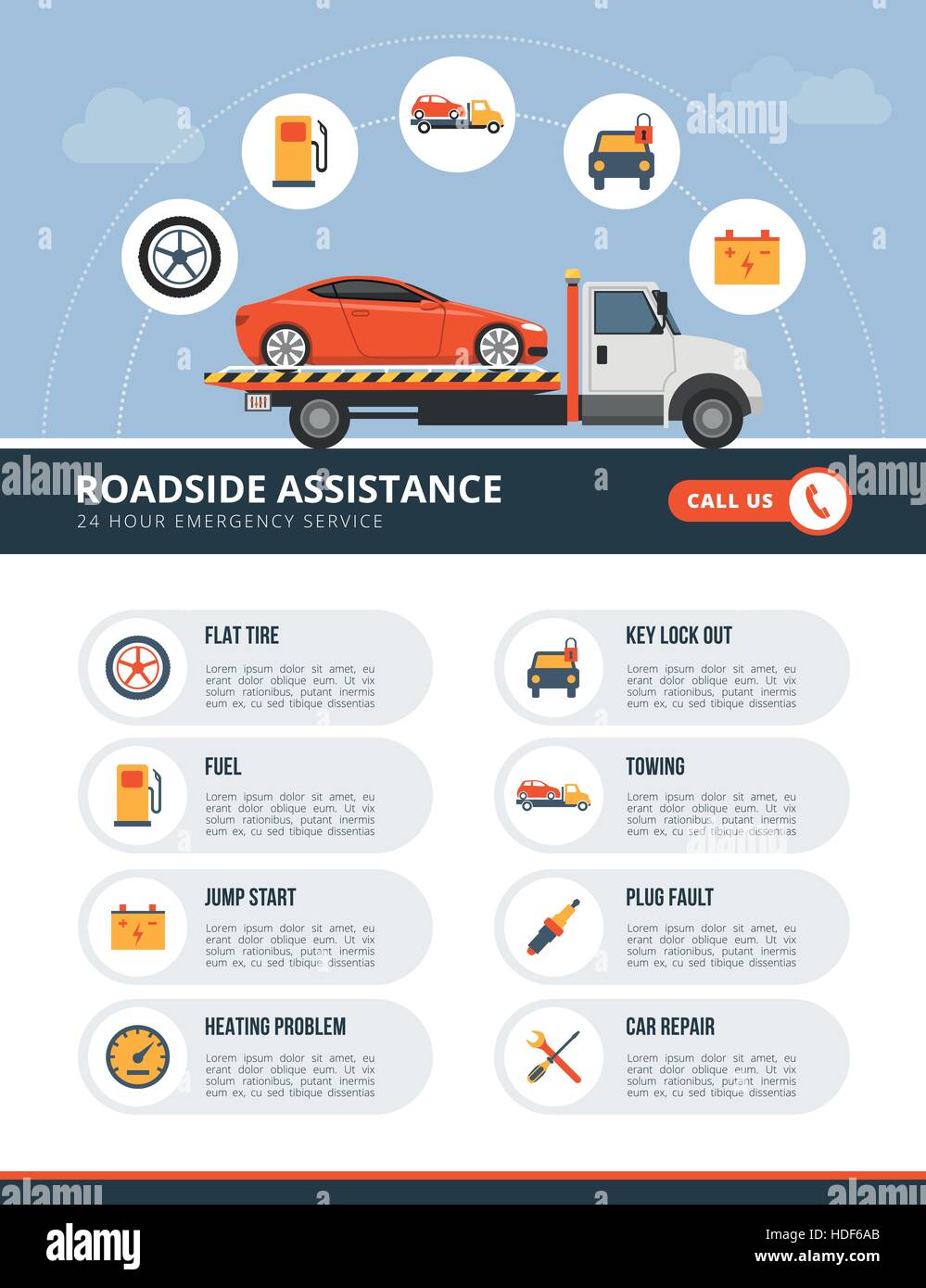Looking For Clearness On The Caution Lights Presented On Your Auto'S Control Panel? Learn Just How They Connect To Your Car'S Health And Safety
Looking For Clearness On The Caution Lights Presented On Your Auto'S Control Panel? Learn Just How They Connect To Your Car'S Health And Safety
Blog Article
Created By-Hartley Dalgaard
When you're behind the wheel, those beautiful warning lights on your control panel can be a little bit bewildering. Do you know what they're attempting to inform you regarding your auto's health and wellness? Recognizing the significance of these lights is vital for your security and the longevity of your automobile. So, the following time one of those lights turns up, wouldn't you want to decode its message properly and take the essential steps to address it?
Common Caution Lights and Interpretations
Recognize usual warning lights in your cars and truck and recognize their significances to make sure risk-free driving.
One of the most normal warning lights consist of the check engine light, which indicates problems with the engine or emissions system. If this light begins, it's important to have your vehicle examined promptly.
The oil stress warning light indicates low oil pressure, requiring instant interest to prevent engine damage.
A flashing battery light could suggest a malfunctioning billing system, possibly leaving you stranded otherwise addressed.
The tire pressure surveillance system (TPMS) light informs you to reduced tire pressure, impacting vehicle stability and gas effectiveness. Disregarding this might lead to harmful driving problems.
The abdominal light suggests a problem with the anti-lock stopping system, compromising your capability to stop promptly in emergency situations.
Lastly, the coolant temperature level cautioning light warns of engine overheating, which can result in serious damages if not solved swiftly.
Recognizing these typical warning lights will help you address problems immediately and keep risk-free driving conditions.
Importance of Prompt Interest
Recognizing the typical warning lights in your car is only the first step; the significance of quickly addressing these warnings can't be stressed sufficient to ensure your safety when driving.
When a warning light brightens on your dashboard, it's your automobile's way of connecting a potential problem that requires attention. Overlooking these cautions can lead to extra extreme problems down the road, jeopardizing your security and potentially costing you extra out of commission.
Prompt attention to cautioning lights can stop breakdowns and accidents. For instance, a flashing check engine light could show a misfire that, if left neglected, can create damage to the catalytic converter. Resolving this promptly can conserve you from a costly repair work.
In a similar way, a brake system advising light could signify low brake fluid or worn brake pads, crucial components for your safety when driving.
Do It Yourself Troubleshooting Tips
If you observe a warning light on your control panel, there are a couple of DIY repairing ideas you can attempt before seeking professional aid.
The very first step is to consult your vehicle's guidebook to understand what the details caution light suggests. Occasionally the problem can be as straightforward as a loosened gas cap activating the check engine light. Tightening full detail service may fix the issue.
https://oil-change-deals-near-me06283.blogdal.com/31623014/discovering-regional-treasures-searching-for-reliable-vehicle-repair-work-shops-in-your-location is a reduced battery, which can set off numerous cautioning lights. Examining the battery connections for rust and ensuring they're protected might fix the problem.
If a caution light continues, you can try resetting it by separating the car's battery for a couple of minutes and afterwards reconnecting it. In addition, examining your vehicle's fluid levels, such as oil, coolant, and brake liquid, can help fix warning lights related to these systems.
Final thought
To conclude, recognizing your car's caution lights is necessary for maintaining your vehicle running efficiently and safely. By quickly attending to these alerts and recognizing what they suggest, you can avoid pricey repair services and potential malfunctions.
Remember to consult your cars and truck's handbook for particular information on each warning light and do something about it accordingly to guarantee a trouble-free driving experience.
Remain notified, remain risk-free on the road!
